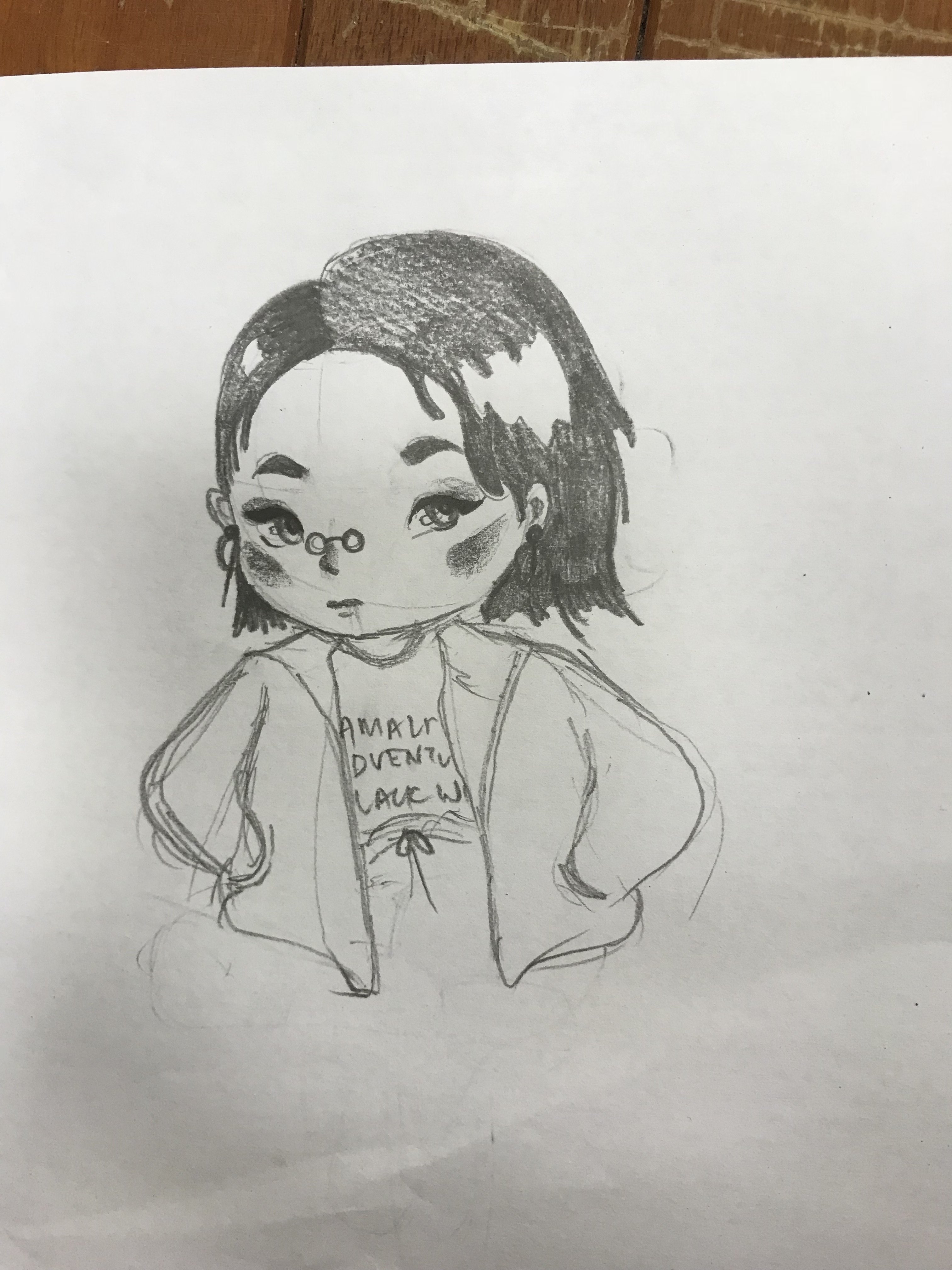Topic 1: childhood education
is undeniable that early childhood education is crucial to the development of a child. However, when is too much too much? according to or a survey done in 2015, 7 out of 10 parents send their toddlers to tuition. And the tuition industry itself is worth 1.1 billion in singapore. Children are given tuition for the languages as young as 3 years old. Kindergarten education focus has greatly shifted from a play model to a more academically focus model. I would love to explore the importance of play in childhood development and incorporate it back into the classroom
https://www.todayonline.com/lifestyle/do-4-year-olds-really-need-private-tuition
https://www.straitstimes.com/singapore/education/7-in-10-parents-send-their-children-for-tuition-st-poll
Topic 2: Food security in Singapore
With the consistent threat of Malaysia cutting our food supplies, is Singapore realy self sufficent enough to withstand the threats. This is greater highlighted by the recent tense relationship with Malaysia as they threatened to cut the egg supplies. Singapore retailers scramble to find other alternatives from other countries such as Thailand. I would love to explore how to make the consumers more educated when picking produce, supporting local produce.
https://www.channelnewsasia.com/news/asia/malaysia-may-stop-or-limit-egg-exports-to-maintain-local-market-11020310
https://www.straitstimes.com/singapore/singapore-has-hatched-plan-b-if-malaysias-egg-supply-dries-up-ava
Topic 3: Global warming: electronic waste
Every time iPhone releases a new phone, many scrambles to get the latest iPhone. The culture to consistently switch our gadgets in exchange for the latest technology is taking a toll on the environment. 60,000 tonne of electronic waste is produced yearly by Singaporeans. Singapore is the second largest e-waste generator in Asia right after Hong Kong. The earth has been consistently hit by multiple heat spells, global temperatures have been soaring these past few decades. I would love to do a campaign advocating for healthy consumer behaviour along with proper electronic waste disposal.
https://www.straitstimes.com/singapore/environment/singapores-mountain-of-e-waste
Topic 4: loss of dialects in Singapore
The use of dialect is slowly dying out in the younger generation in Singapore. Singapore has become more globalised over the years, and most younger Chinese Singaporeans are unable to speak their respective dialects — Teochew, Hokkien, Cantonese, Hakka, Hainanese and more — to their elders, such as their grandparents, who may speak primarily in dialects. These languages hold many traditions, stories and feelings. This dilution in language may be accorded to the government banning the use of dialect on national television and the dominance of English in the younger generation life. For this I would love to create a series of work, teaching the younger generation dialects.
https://www.todayonline.com/voices/youth-must-learn-dialects-or-risk-losing-part-their-culture




